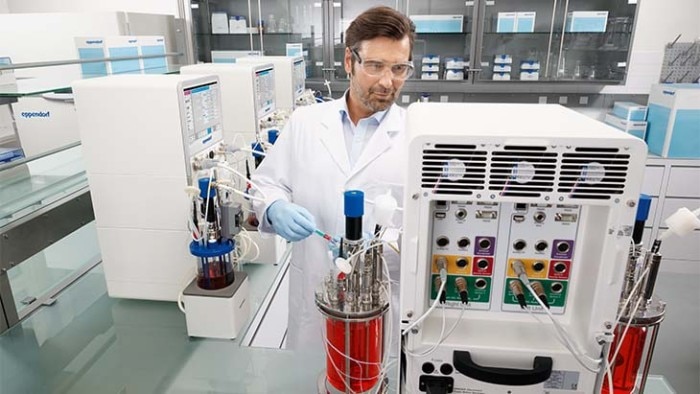-
-
-
- Services pour bioprocédés
- Services pour centrifugeuse et rotors
- Services pour Mastercycler
- Services pour automates de pipetage
- Services pour congélateurs
- Services pour incubateurs
- Services pour agitateurs
- Services pour appareils de photométrie
- Service de contrôle de la température et de l’agitation
- Service pour pipette
-
-
-
-
- Services pour bioprocédés
- Services pour centrifugeuse et rotors
- Services pour Mastercycler
- Services pour automates de pipetage
- Services pour congélateurs
- Services pour incubateurs
- Services pour agitateurs
- Services pour appareils de photométrie
- Service de contrôle de la température et de l’agitation
- Service pour pipette
-
-
- Centrifugeuses de paillasse
- Centrifugeuses au sol
- Centrifugeuses réfrigérées
- Microcentrifugeuses
- Centrifugeuses multi-fonctions
- Centrifugeuses haute vitesse
- Ultracentrifugeuses
- Concentrateur
- Produits IVD
- High-Speed and Ultracentrifuge Consumables
- Tubes de centrifugeuse
- Plaques de centrifugeuse
- Gestion des appareils
- Gestion des échantillons et des informations
Vous vous apprêtez à quitter ce site.
Veuillez noter que votre panier actuel n’est pas encore enregistré et ne pourra pas être affiché sur le nouveau site ou lors de votre prochaine visite. Si vous souhaitez enregistrer votre panier, veuillez vous connecter sur votre compte.
pH Control in Bioreactors
Lire moins
Principle of pH control in bioprocesses
Lire moins
What different types of pH sensors are available?
Electrochemical pH sensors
- Advantages: The glass membrane material can be adapted to various bioreactor conditions, including extremes in pH or temperature.
- Disadvantages: Glass pH sensors require careful management and can lose accuracy over time, with a need for frequent calibration.
Lire moins
Optical pH sensors
- Advantages:
- Optical pH sensors can be used in a non-invasive manner that reduces the contamination risk. This is particularly interesting for cell culture applications.
- Optical pH sensors are inexpensive and disposable.
- Disadvantages:
- The measurement range of optical pH sensors is narrower than the range of electrochemical pH sensors. Eppendorf recommends a measurement range of pH 6.5 to 7.5. This is usually sufficient for cell culture applications but may be too narrow for certain microbial applications.
- Certain chemicals including organic solvents can damage optical pH sensors. Additionally, these sensors can measure a relatively limited pH range.
Lire moins
What are digital pH sensors ?
Lire moins
pH control strategies
What acid and base should I use for pH control in microbial and cell cultures?
Lire moins
What is a pH deadband?
Lire moins
What is the difference between one-sided and two-sided pH control?
Lire moins
How do you calibrate a pH sensor?
Electrochemical pH sensor calibration
Lire moins
Lire moins
Optical pH sensor calibration
Lire moins
How frequently should you calibrate pH sensors?
Lire moins
How strong is the influence of temperature for your pH calibration?
Lire moins
Your pH sensor take ages to calibrate, what can you do?
Lire moins
Bioprocess control systems for streamlined pH control in bioreactors
Eppendorf has a range of bioprocess control systems suitable for both microbial and mammalian cell cultures. They offer high flexibility in pH control. Most systems are compatible with standard electrochemical as well as optical pH sensors and can be used with digital as well as analog sensors. Each bioprocess controller also has the ability to control a range of additional parameters such as temperature and dissolved oxygen , enabling streamlined bioprocess control tailored towards your bioprocessing needs.

